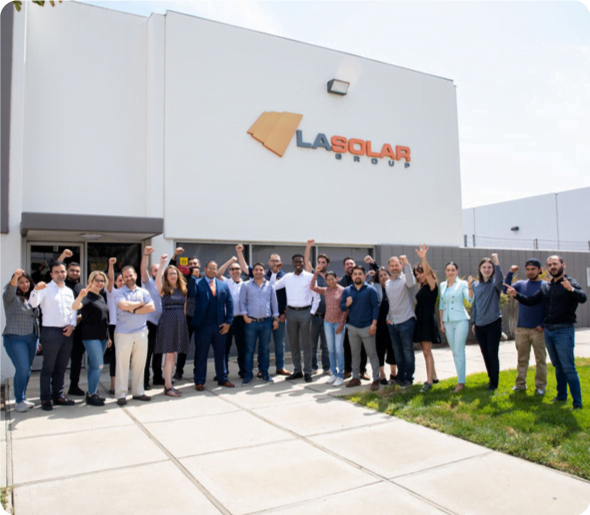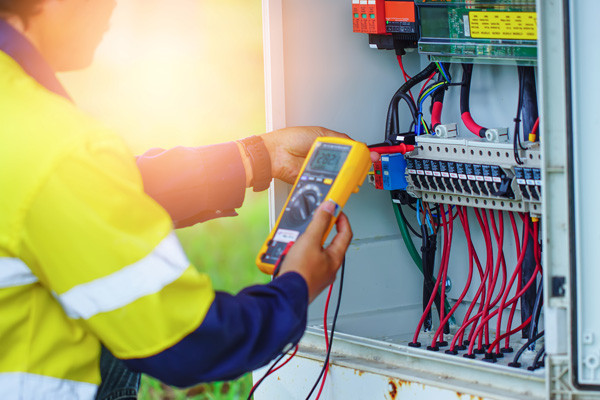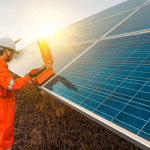New Solar Modules

New Solar Power - Where Are We Going?
People instantly picture good old solar panels on rooftops, or in a desert solar farm. It's a valid reason, as rooftop solar panels and traditional utility-scale solar panels have dominated solar markets up to this point.
However, several new and exciting solar power technologies are in development or on the market. These promising new technologies from Nevada Solar Group are set to change the way we think about solar energy in general. Solar does not necessitate a large property or roof space, and neither does this have to be unsightly. Continue reading to learn more.
Floating solar farms (also known as photovoltaics)
Each day silicon panels become more affordable and higher efficient. Experts claim that photovoltaic panels placed on reservoirs or other water bodies will offer greater efficiency and a host of other benefits.
"Floatovoltaics," also known as photovoltaics, are solar power systems that can be used to create floating structures in reservoirs or dams.
Floating farms can produce huge amounts of generating electricity, without the need to use valuable land or real property. The installation cost of floating solar panels is lower than that of land-based ones. Research also showed that floating solar panels can produce up to 10% more power due to the cooling effect of water.
The floating solar farm can produce clean solar energy and help manage water. As they restrict air circulation and block sunlight from reaching the surface of the water, floating solar farms reduce water and power loss through evaporation. Floating solar farms also prevent the growth of harmful algae, which lowers water treatment costs. Additionally, the water beneath the solar panel helps to keep them clean and reduces waste.
Napa Valley's Far Niente winery, California was the first to install a 175 kWh floating-panel system.
Cost of deployment
In 2014, the average national cost of solar installation was $2.8 per watt ($/w). The efficiency of solar panels is estimated to be 20% for 25 years. Floatovoltaics are more competitive than many other renewable energy technologies like wind and hydropower, which have high land costs and potential environmental impacts. The global floating panels market was valued at $3.89m in 2014 and is expected to grow. Additionally, floating solar panels are eligible to receive any federal or local grant incentive programs.
Solar fabric
There is solar radiation all around the planet. Why not create your energy? Imagine being able to produce solar power from anywhere on the planet, but also while you are moving through your clothing.
Researchers are creating solar fabrics to include solar energy in every fiber. These solar filaments can be embedded into t-shirts and winter coats as well as other clothing. They can help you stay warm, charge your phone, and provide energy while you're on your move.
Research has attempted to combine solar fabric, and solar panels in a variety of areas.
- Building facades that provide shade and power
- Lightening up the streetlights with awnings
- Curtains that cut off power consumption from the grid
Solar-fabricated household clothing can be a great way to save on mounting and installation fees.
Additionally, Nevada Solar Group is working on the US Army project to develop solar-powered robotic camping tents. As solar costs continue to fall, it is not impossible to envision a future where all power will come from the sun's energy.
Solar Cell Fabric has Many Benefits
There are many other great benefits that solar cell fabric can bring to your life. They were listed to reflect the current needs of people.
1. The ability to charge electronic devices
You always have the option of using a power bank, but you may forget to take them with you or charge them. With clothes with integrated solar cell technology, you'll feel relaxed and calm all day. To make these cell efficiency work and generate electricity, you only need to get a little sunlight. After that, you can just plug your phone into the USB port on your clothing.
2. Reduced electricity consumption
This is why we'll spend less electricity if our phones don't get charged at home or in other places than with our solar panel's fabrics. This patent would allow for a significant reduction in electricity use if it is realized to its full potential.
3. Micro Size Solar Cells
This patent was necessary because the cells must be extremely small so that you don't feel their presence and their weight. This was one of the biggest challenges in developing this technology: making the cells small enough to fit into our clothing.
4. Fabrics that are waterproof and machine washable
Another idea is to create these fabrics from solar cells. They can be trusted and reliable, as well as generate power from sunlight. We don’t want to wear a jacket or any other clothes that need to be treated differently. People are impatient. They don't want the time to think about these things.
Nevada Solar Group can help you find the right solar solution for you today
Sign up on Nevada Solar Group and get free quotes for a solar shingle roof, or regular solar panels. It takes just an email address and we will have our Professional Solar installers connect with you.




























